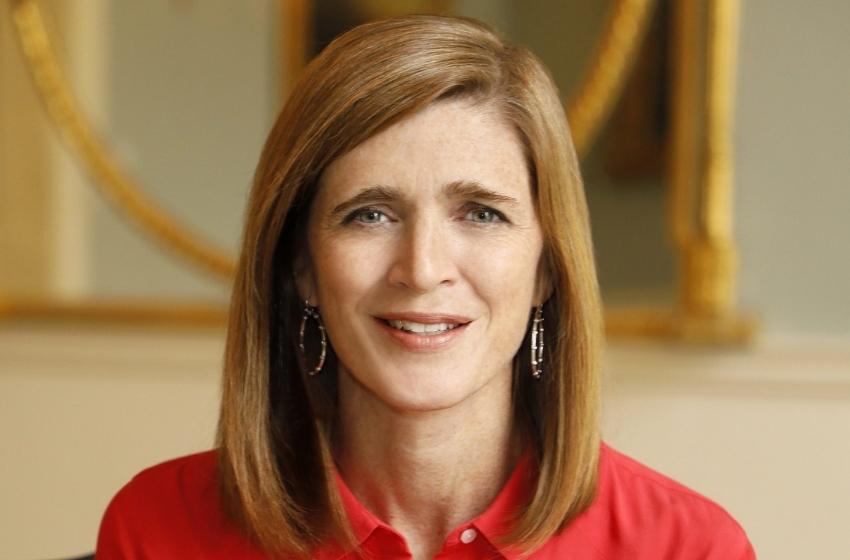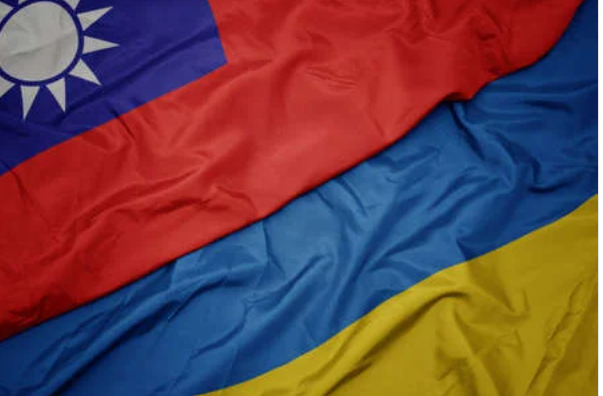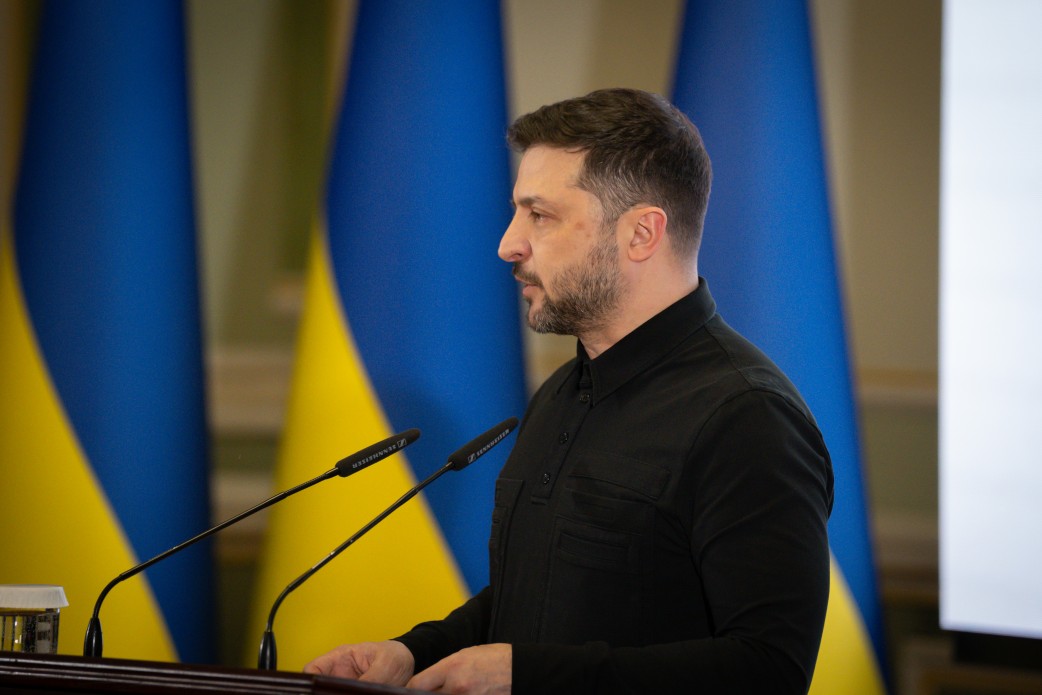Samantha Power, US diplomat, political scientist, journalist, and USAID Administrator, who is currently visiting Kyiv, narrates the story of the building of the School of Economics of the Vasyl Karazin Kharkiv National University, destroyed by Russian Forces.
The “Postcards from Ukraine†international campaign launched by the Ukrainian Institute acquaints the world with the unique historical and cultural monuments of Ukraine, damaged or demolished during the full-scale Russian invasion.

Basic facts about the Vasyl Karazin Kharkiv National University:
Kharkiv is considered the student capital of Ukraine and Kharkiv National University, named after Vasyl Karazin, founded in 1804, plays a special role here. It is listed among the oldest universities not only in Ukraine but also in Eastern Europe. It co-signed the Magna Charta Universitatum alongside other leading European universities, which gave rise to the Bologna process. This educational institution is also part of the European Nuclear Education Network Association. Remarkably, several renowned Nobel laureates, including Ilya Mechnikov, Lev Landau and Simon Kuznets, once worked here.
The Kharkiv National University is a robust educational institution comprising 8 institutes and 17 departments. Its School of Economics is located in a central and historic building where the so-called People’s Commissariat of Labor was located during Soviet times. The School of Economics is a cultural landmark because its construction exemplifies the evolution of Ukrainian modernism towards new architectural forms, a trend sparked by the First World War and the revolutionary events of the late 1910s. The School of Economics is one of the first ferroconcrete buildings in Ukraine. It was erected in the 1920s and designed by Serhii Tymoshenko, who is known as the father of modern Ukrainian architecture of the early 20th century.
At the end of February 2022, like at all universities in Ukraine, studies at Kharkiv National University were interrupted by the war. Several university buildings were damaged by Russian shelling including the building of the School of Economics and Karazin Business School, as well as the School of Physics and Technology, the Central University Library, the central and north buildings of the university, the hospital and the museum of nature, the sports complex, and the building of the Institute of Public Administration. Russian missiles destroyed almost the entirety of the School of Economics.
Moreover, the brutal shelling did not spare some national monuments located around the university, in particular, the St. Anthony’s Church. Built from 1823 to 1831 and designed by Ukrainian architect Yevhen Vasyliev, the windows of the church, which is almost 200 years old, were shattered and many religious items broken by Russian Forces. One of the oldest book collections in Ukraine, the Central Scientific Library of Kharkiv National University, also suffered. It was founded, as the university itself, in 1804. The Classical building with Neo-Renaissance elements housing the library was constructed in 1901–1903 by Viktor Velychko, one of the most outstanding architects of Kharkiv.
Because of this latest wave of Russian aggression, not a single building of the university remained intact. “The university is another symbol of Ukrainians’ resilience. Against the odds, it continues functioning, and its community is preparing for the new academic year. It proves one can destroy the walls, but can never destroy the spirit of intellectual freedom
Samantha Power




















